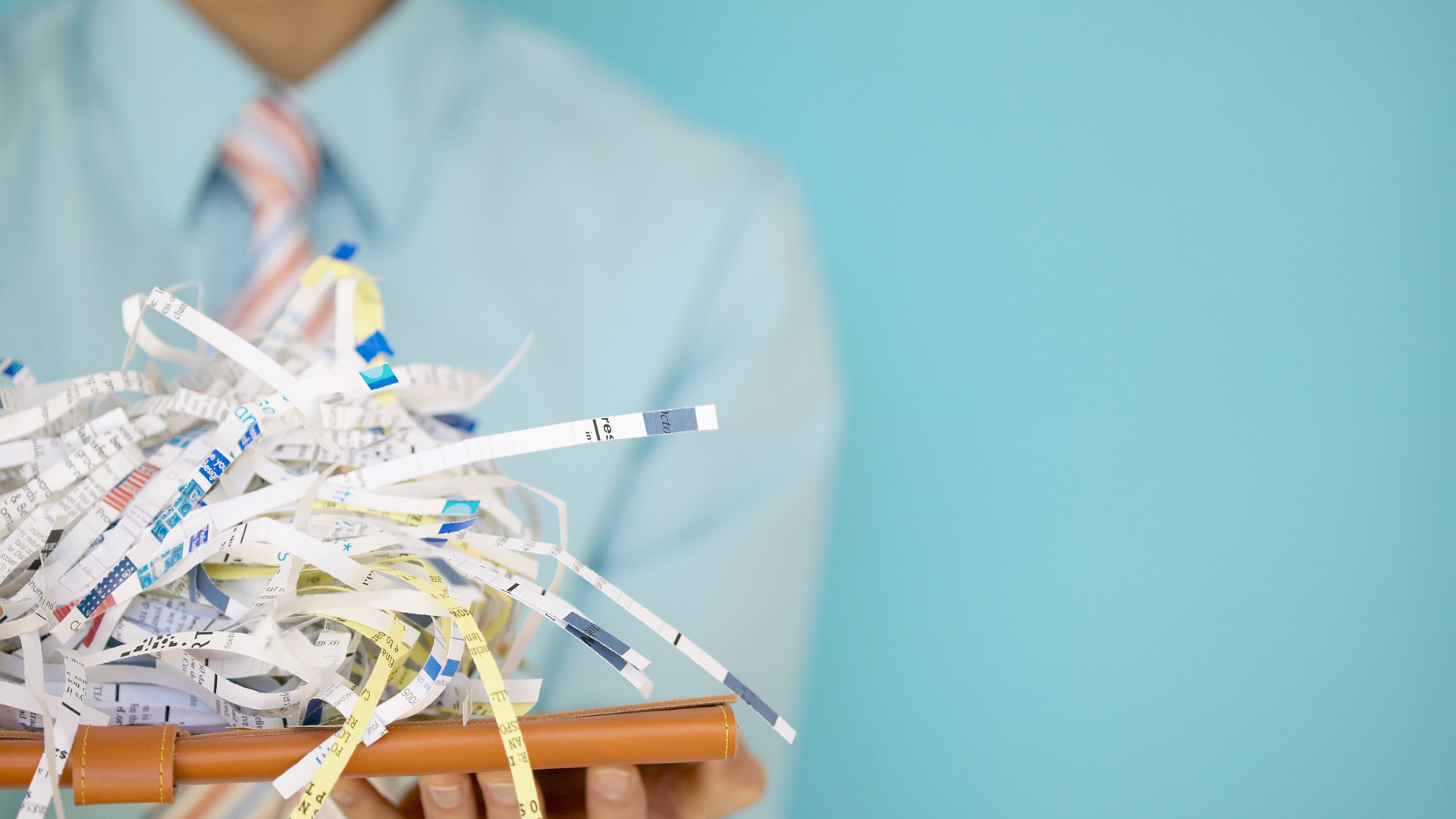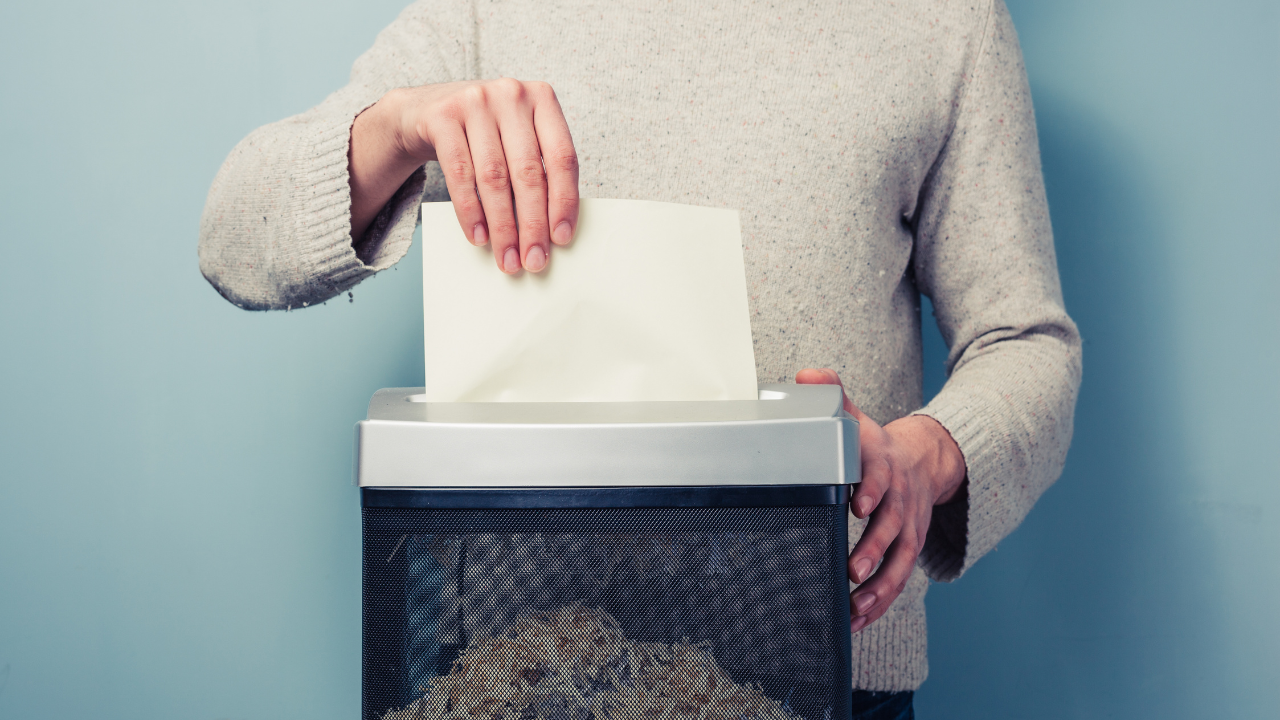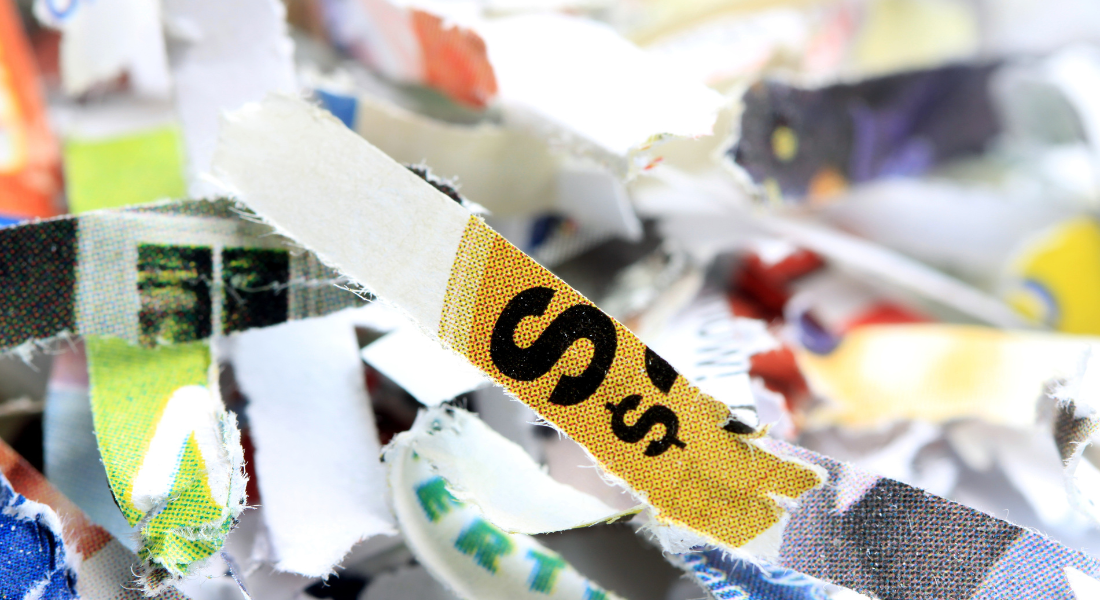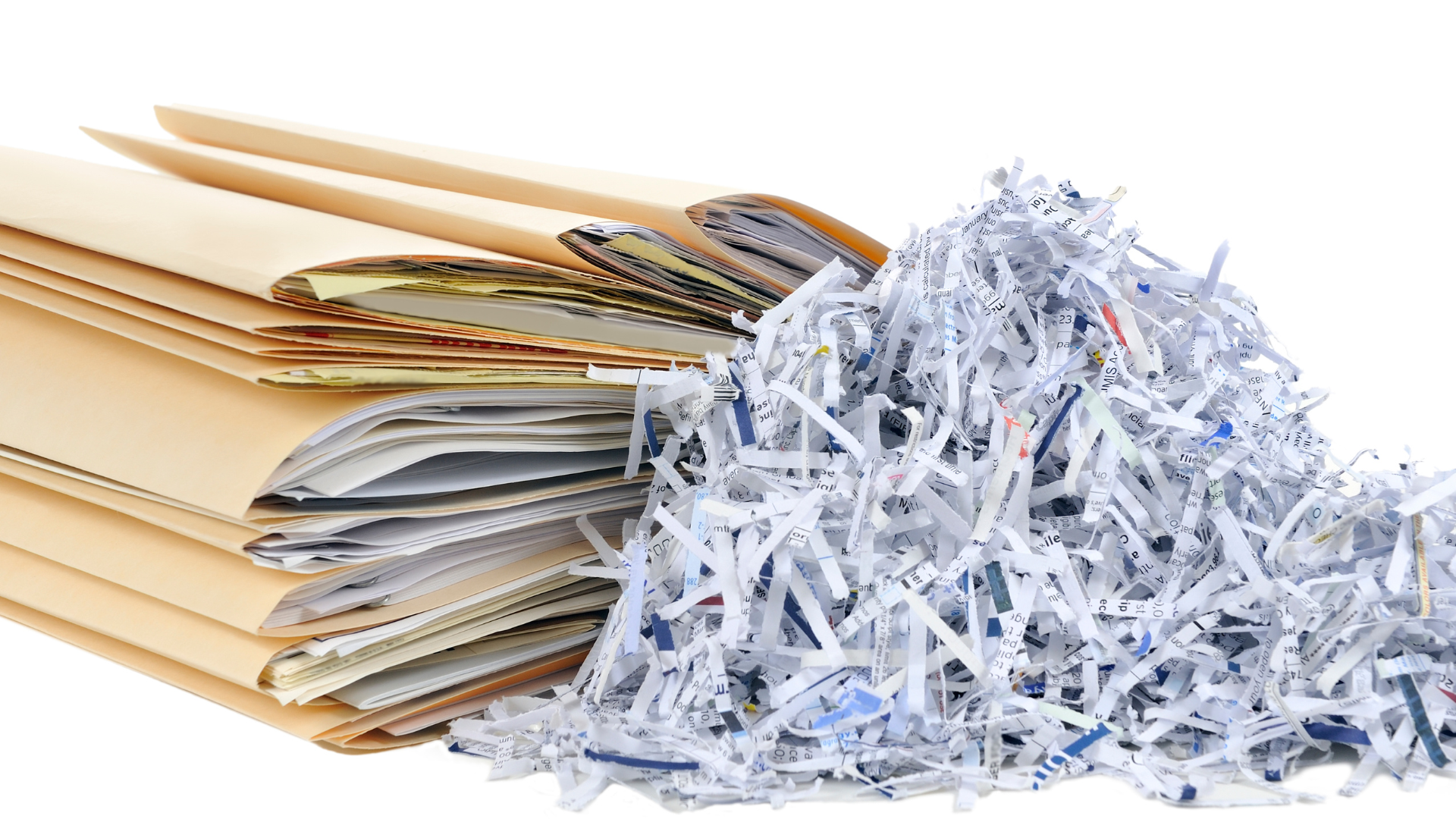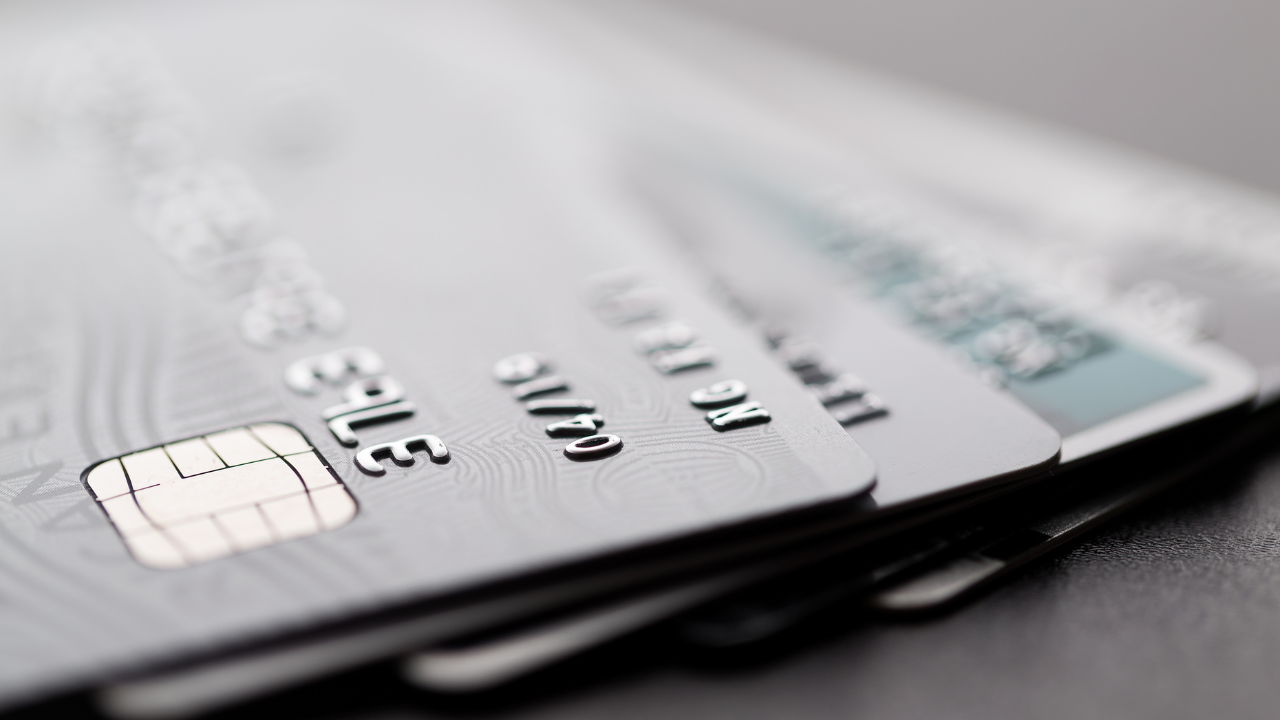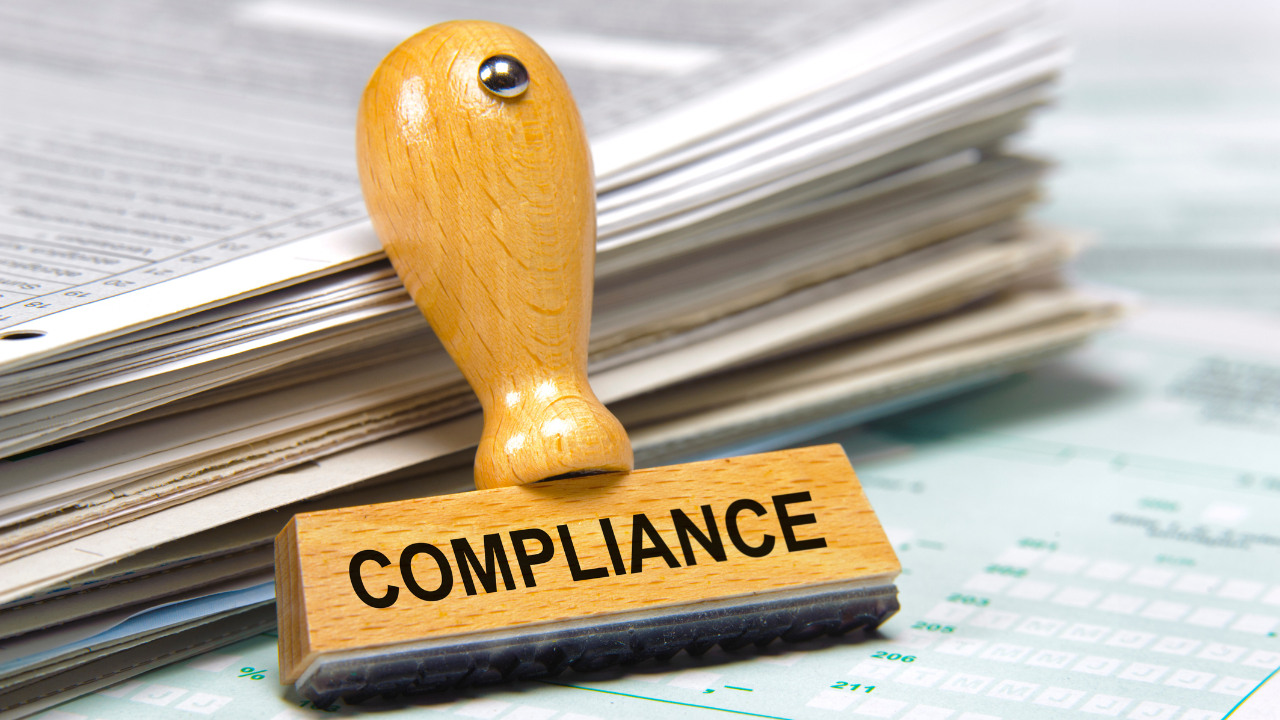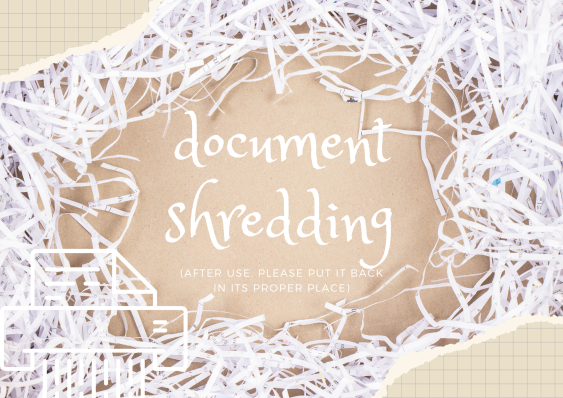You Shred, You Lose: Consequences of self-shredding paper documents containing sensitive information.
Most people think that simply shredding a document is enough to protect their sensitive information. However, as this article will show, there are many risks associated with self-shredding paper documents - from the potential for reconstruction to the possible release of harmful particles into the air.
What is self-shredding?
Self-shredding is the process of destroying paper documents by shredding them into small pieces. This is often done to protect sensitive information from being seen by others. However, self-shredding can have serious consequences if not done properly.
Shredding documents can be a great way to protect your information from prying eyes. However, if you don't shred your documents properly, you could be putting yourself at risk. Improperly shredded documents can easily be put back together, leaving your sensitive information exposed.
To avoid this, make sure to shred your documents into very small pieces. If possible, use a cross-cut shredder instead of a strip-cut shredder. This will make it much harder for someone to reconstruct your shredded documents.
Also, be sure to dispose of your shredded documents in a secure manner. Don't just leave them in the trash where they can easily be found and put back together. Bring them to a professional shredding service or place them in a secure trash receptacle.
The dangers of self-shredding
There's a new trend among businesses and individuals who want to protect their sensitive information: self-shredding. That's right, instead of hiring a professional shredding service, they're taking matters into their own hands and shredding their documents themselves.
While this might seem like a good way to keep your information safe, it can actually be very dangerous. Here are some of the risks of self-shredding your documents:
1. Reconstruction
One of the biggest risks of self-shredding paper documents is that they can be reconstructed. This is because most people do not shred their documents properly, leaving behind large pieces that can be put back together.
Even if you shred your documents into small pieces, there is still a risk of reconstruction if someone is determined enough. This is because there are now software programs available that can put shredded documents back together.
2. Release of Harmful Particles
Another risk of self-shredding paper documents is the release of harmful particles into the air. When paper is shredded, it creates a fine dust that can be inhaled. This dust can contain harmful chemicals and particles that can cause respiratory problems.
3. Fires
Another risk of self-shredding paper documents is fires. If the shredder is not properly maintained, the blades can get hot and cause a fire. This is why it is important to always follow the manufacturer's instructions when using a shredder.
4. Identity Theft
One of the most serious risks of self-shredding paper documents is identity theft. If your personal information falls into the wrong hands, it could be used to open new accounts, make purchases, or even commit crimes.
5. Fraud
Self-shredding paper documents can also lead to fraud. If someone finds your shredded documents, they could use them to create fake documents and then use those documents to defraud you or others.
As you can see, there are many risks associated with self-shredding paper documents. While it is important to protect your sensitive information, you need to be aware of the risks before you decide to shred your own documents.
How to properly dispose of sensitive documents by self-shredding
There are a few things you need to keep in mind to make sure you do it properly.
First, you'll need to choose a shredder that is appropriate for the task at hand. There are different types of shredders available, so be sure to select one that will be able to handle the number and type of documents you need to shred.
Next, you'll need to gather all of the documents you need to shred. Once you have them all together, it's time to start shredding! Be sure to work slowly and carefully so that all of the documents are properly shredded.
Once you're finished shredding, it's important to dispose of the shredded paper properly. Don't just toss it in the trash - be sure to recycle it or dispose of it in a way that will ensure that no one will be able to piece the documents back together.
By following these simple tips, you can ensure that your sensitive documents are properly disposed of and that your information stays safe and secure.
The consequences of not shredding properly
When it comes to document shredding, there are serious consequences for not doing it properly. One of the most common ways that people dispose of their old documents is by throwing them in the trash. However, this is not a safe way to get rid of sensitive information. If your documents are not properly shredded, they can be easily retrieved by someone going through your trash. This could lead to identity theft, or even worse, if the documents contain sensitive information about your business.
Another consequence of not properly shredding documents is that you could be fined by the government. In many countries, it is illegal to dispose of certain types of documents without shredding them first. If you are caught disposing of these documents in an unsafe manner, you could be subject to a fine.
The best way to avoid any of these consequences is to hire professional document shredding services. These companies will shred your documents safely and securely, so you don’t have to worry about them getting into the wrong hands.
Conclusion
The consequences of self-shredding paper documents containing sensitive information can be severe. Not only can it lead to identity theft and fraud, but it can also damage your reputation and relationships. If you have any sensitive information that you need to dispose of, make sure you do so in a safe and secure way. The best option is to hire
professional document shredding services.
At I-Shred, security and efficiency are a priority. I-Shred offers stress-free onsite shredding to save time and ensure your documents are destroyed properly. Which is why we offer recurring service to small businesses. We are dedicated to helping you save time and money when it comes to secure document destruction. Contact us today!
